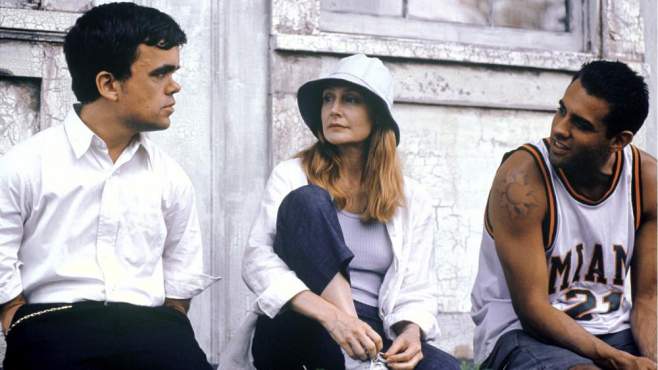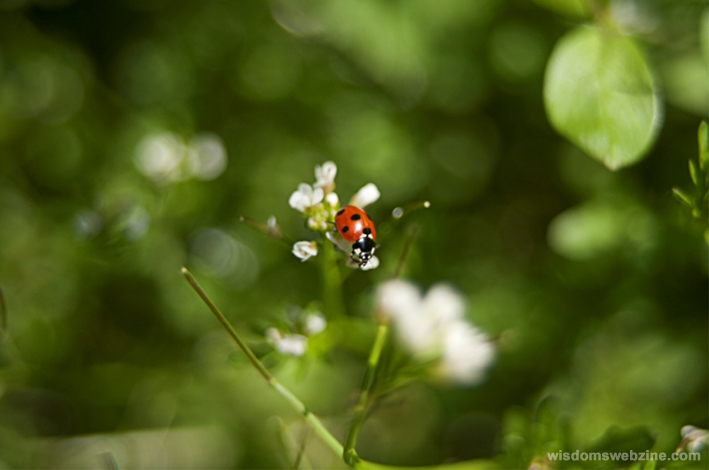Art reflects the life of humans. Paintings of everyday life grab our mind.
A subject matter that can easily be found in many classic paintings is ‘harvest.’ When farming culture led the generation before the Industrial Revolution, harvest was the biggest event of the year. In that generation, people would have cultivated crops suitable for a given environment; they would have lived becoming one with nature – working with given weather and other conditions. Although ‘humans’ played a leading role in farming, ‘the owner’ was always ‘God.’ Essential crops for humans were nicknamed as ‘a gift from God’ all the time. On a day when they received that gift, they gave greetings of gratitude towards the sky. That’s why humans, in artistic pieces portraying harvest time, are always harmonized with nature. At times, the scene looks like a holy ritual.
Working humans look beautiful. In particular, humans existing only as a ‘part’ in nature look beautiful. Therefore, most of the paintings of harvest have beautiful sceneries of the countryside or they use the color tones in the main part of the painting while humans maintain only a partial role in catching the viewer’s eye. However, when we appreciate this type of artwork, we also feel that humans, as part of the piece, are beautiful because they ‘obey’ nature.
Fields during harvest time must have been an attractive subject to Impressionist artists of the 19th century; even to Gogh who particularly used yellow colors a lot.
The scene of the blue sky of Provence along with its fields being illuminated by autumn’s sunlight would have been like gold to Gogh.
If you have ever done farming, you would know that real gold or jewelry is not ‘money’ but ‘love’ that God offers to us. Wouldn’t Gogh have wanted to express that love of God?
On the other hand, Gauguin depicted harvest in a variety of colors.
Gauguin captured all of the creations, including the sky, sea, stones, ground, fields, human and animals, in one painting, and he used a variety of colors, from similar tones to contrasting colors. To his eyes, harvest might have been a silent festival. All of the creations have been embodied in lumps but they all exist as ‘one.’ It has become a beautiful piece. To Gauguin, harvest was a festival that nature and humans, or God and humans become ‘one.’
The most beautiful artistic creative action that humans can take would be farming and harvesting. In spring, we sow seeds. We go through growing pains together in summer’s sunlight. When fall comes, we harvest the fruits of labor. It is a slow but beautiful process. This creation activity is continuously carried out silently by nature, universe or God that exists as it is and goes through an endless cycle. Eventually we cannot do anything without nature’s flow. However, if we take joy in the harvest as gratitude to God and learn to be modest, it would be the biggest lesson for us.
Over many years, human’s culture has changed, too. Nowadays, farming is done with machinery. However, if we could have gratitude to nature and God before eating rice, vegetables and fruits, that which we eat daily, every single day would be ‘Thanksgiving day’ to us.










